Far More Than Blank Canvases for Drawing
Sketchbooks are dynamic tools for experimentation, emotional processing, creative problem-solving, and personal storytelling. Sketchbooks in Unique Ways. While most think of them as spaces for sketches and figure studies, many artists and creatives push their sketchbooks far beyond traditional uses—transforming them into personalized labs for imagination and growth.
Whether you’re a fine artist, illustrator, graphic designer, or just beginning your creative journey, understanding the unconventional ways sketchbooks are used can spark new ideas and elevate your practice. Let’s dive into the diverse, surprising, and expressive ways people use their sketchbooks that go beyond the page.
Sketchbooks as Visual Diaries
Many artists use sketchbooks to record daily life, moods, and memories—blending illustrations with journaling.
- Combines written reflection with sketching, doodling, or collaging
- Acts as a safe emotional outlet or mindfulness tool
- Builds a personal archive of experiences and visual thoughts
These visual diaries often include mood maps, date stamps, and page themes, becoming treasured keepsakes over time.
Idea Incubators and Brainstorming Boards
Creative minds often use sketchbooks like incubators for future projects. They’re raw, unpolished, and crucial for evolution.
- Storyboarding, logo sketches, and layout concepts for client work
- Thumbnail sketches and composition testing for future paintings
- Rapid-fire note-taking mixed with diagrams and visual metaphors
These sketchbooks show the messy beauty of ideation—where ideas bloom through spontaneity and revision.
Process Mapping and Technique Exploration
Artists regularly dedicate pages to technique drills, material tests, and process breakdowns.
- Dry brush tests, color blends, layering exercises
- Step-by-step progress studies of a single concept or medium
- Notes alongside visual samples to record discoveries and failures
It’s a visual documentation system for creative growth, helping artists track skill progression or build tutorials.
Personal Therapy and Emotional Expression
Sketchbooks serve as outlets for stress, anxiety, and healing. The act of drawing, scribbling, or painting is deeply therapeutic.
- Abstract marks representing emotions or subconscious thoughts
- Symbolic imagery paired with affirmations or introspection
- Cathartic sketch-dumps after intense emotional experiences
They become non-verbal containers for the artist’s inner world—confidential, honest, and transformative.
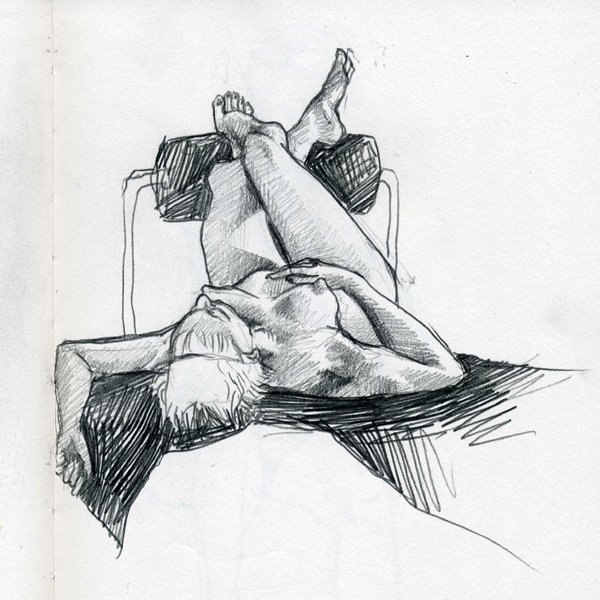
credit: okirun
Mixed-Media Collage and Assemblage Practice
Many creators treat their sketchbooks like playgrounds for materials and textures—mixing collage, paint, stitching, and more.
- Found object collage using ticket stubs, packaging, or nature bits
- Fabric swatches or thread interwoven with painted surfaces
- 3D sketchbook spreads that challenge the book’s dimensionality
This approach transforms flat pages into sculptural environments, rewarding curiosity and material exploration.
Color Studies and Mood Boards
Rather than drawing full scenes, some artists explore color relationships and atmospheric studies.
- Swatch maps showing color harmonies and discordances
- Mood boards composed of clipped images, gradients, and sketches
- Thematic studies for character development or environment design
Sketchbooks become reservoirs for emotional tone and visual palettes, essential for storytelling and world-building.
Typography and Letterform Experiments
Lettering artists often fill sketchbooks with typography tests, hand-drawn typefaces, and expressive alphabets.
- Brush lettering drills, serif exploration, modern calligraphy
- Invented alphabets, logotype iterations, or graffiti styles
- Using texture and scale to convey typography’s emotive power
These pages combine aesthetic precision with linguistic creativity—a true blend of visual art and communication.
Travel Sketchbooks as Cultural Memory
On-location sketching infuses sketchbooks with personal maps, quick impressions, and cultural discoveries.
- Landmark sketches, architectural elements, people-watching studies
- Annotations in margins about smells, sounds, or emotions
- Watercolor washes paired with location tags or journaling
They become portable studios and storybooks—preserving experiences in the language of line and color.
Collaborative Sketchbooks and Creative Exchanges
Some artists share sketchbooks with peers, friends, or partners—creating joint visual conversations.
- Each person adds to a page or alternates spreads
- Cross-pollination of styles, stories, and visual ideas
- Fun prompts, creative challenges, or “pass-the-page” games
Collaborative sketchbooks foster community, trust, and surprise—ideal for classrooms, collectives, or art groups.
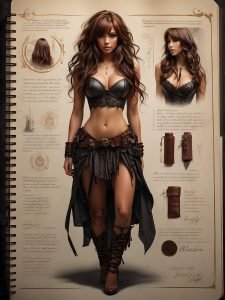
Sketchbooks.org | DIGITAL MATERIALS
Using New CAD and AI Drawing Tools
A Fresh Take on Sketchbook Inspiration: Blending Art with Technology In today’s rapidly evolving creative landscape, technology is redefining the way artists approach their craft. Digital applications and AI drawing tools are creating new possibilities...
Frequently Asked Questions
Can I use my sketchbook even if I’m not good at drawing?
Absolutely—sketchbooks are tools for exploration and creativity, not perfection.
What type of sketchbook is best for mixed media?
Look for heavyweight paper with good tooth and a durable binding that can handle wet and dry media.
How do I overcome blank page fear?
Start with color washes, scribbles, or prompts to break the silence and build momentum.
Should I use separate sketchbooks for different purposes?
Many artists do—it helps organize themes and workflows, especially if juggling multiple styles or mediums.
Can digital sketchbooks offer the same benefits?
Yes, apps like Procreate or Adobe Fresco can replicate many traditional functions with added versatility.
How often should I sketch to improve?
Daily practice helps, but even consistent weekly sketching builds creative stamina and skill.
Can sketchbooks be part of a professional portfolio?
Yes—process sketchbooks add depth and context to your final work, showing how ideas evolve.
Is it okay to sketch without sharing it online?
Definitely. Private sketchbooks honor authenticity and give space to develop your voice without pressure.
How can I make sketching more fun?
Play with challenges, draw in unusual places, collaborate with friends, or set playful prompts.
Final Thoughts
Sketchbooks are not confined to drawings alone—they’re infinite spaces for personal growth, experimentation, collaboration, and discovery. Going “Beyond the Page” means embracing every creative impulse, whether it’s scribbling out dreams, documenting travels, or processing deep emotions. By seeing sketchbooks as companions rather than containers, art students and creatives can unlock new ways to nurture their voice, vision, and versatility.
Ready to Share Your Work?
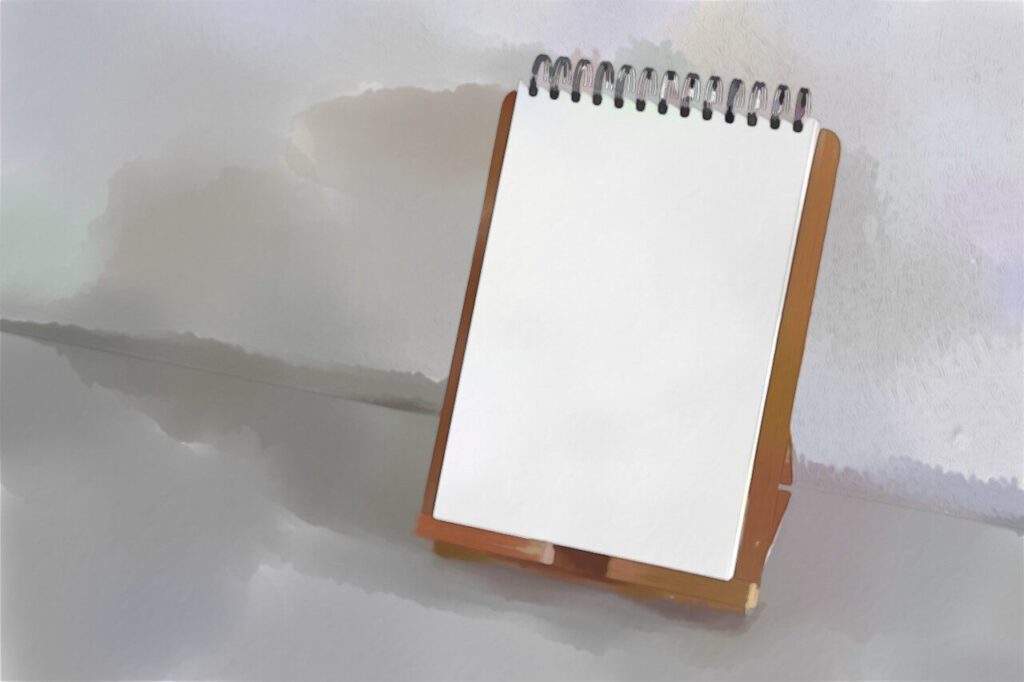


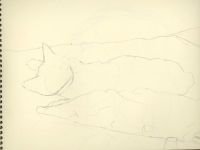

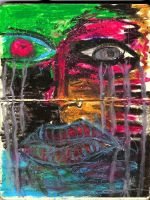
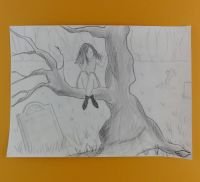




I use my sketchbook for everything! From shopping lists with little drawings of the things I most need, to shop sketches for building wood projects.